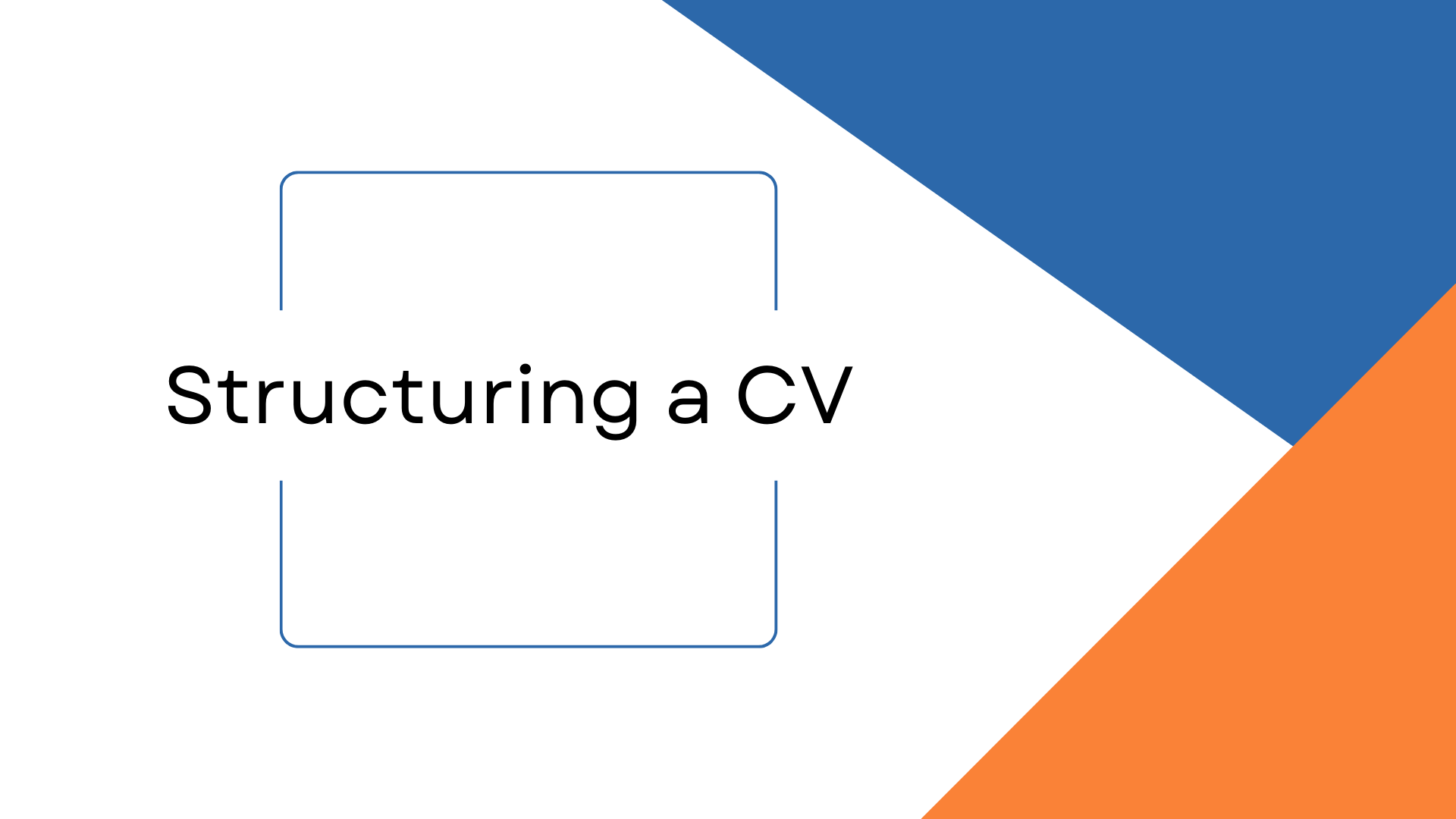February 9th 2024
Published by Alexandra Tarn
The Process of Organising a CV
In this article, we will explore the process of organizing a Curriculum Vitae (CV). A meticulously structured CV that exudes professionalism and presents information clearly holds more weight than a disorganized CV that is challenging to comprehend.
Now, how can you effectively structure your CV? Based on numerous CVs that come through our system regularly, we have formed an all-inclusive guide that any job seeker can utilize to craft a polished CV thereby enhancing their chances of securing an interview.
CV Structure
Name
Contact Information
Introduction– A summary of yourself in 4 lines, highlighting your key attributes and skills. This section holds great significance as it is often skimmed through by hiring managers. Include a description of your personality, values and reference key achievements in your field of expertise to grab the reader’s attention.
Work Experience – Provide a 2–3-line summary for each role, outlining your responsibilities, problem-solving abilities, skills developed, and challenges overcome.
Key Skills – A snapshot of your main strengths and abilities. Focus on your most recent experiences and highlight the most important ones, this can be in bullet point form if there are many – it’s useful to expand and reference where in the CV each of your key skills appears.
Education & Qualifications – Present this section in a list format, including dates. Only include relevant and important educational achievements.
Interests – Tailor your Interests section to the specific role you are applying for. Align your hobbies and activities with the values and culture of the company. Avoid generic statements like “enjoys socialising” and “going out.”
Example of a CV Structure


Hiring Managers are faced with many CVs and will likely skim through much of the information to focus on the key points. It is important to ensure that your CV is easy to read and navigate.
Ideally, your CV should be written in Microsoft Word and saved as a PDF as it is user-friendly and the most used CV format. Avoid using fancy fonts or loud colour schemes, and instead opt for a simple, professional font.
Organize your CV sections logically, using bold titles for each heading and even borders to separate the page. This will allow recruiters to quickly find the information they need.
To capture the attention of recruiters and hiring managers without boring them, keep your CV concise and to the point – no more than 2 pages.
Remember, the structure of your CV can make or break your chances of landing a job.












